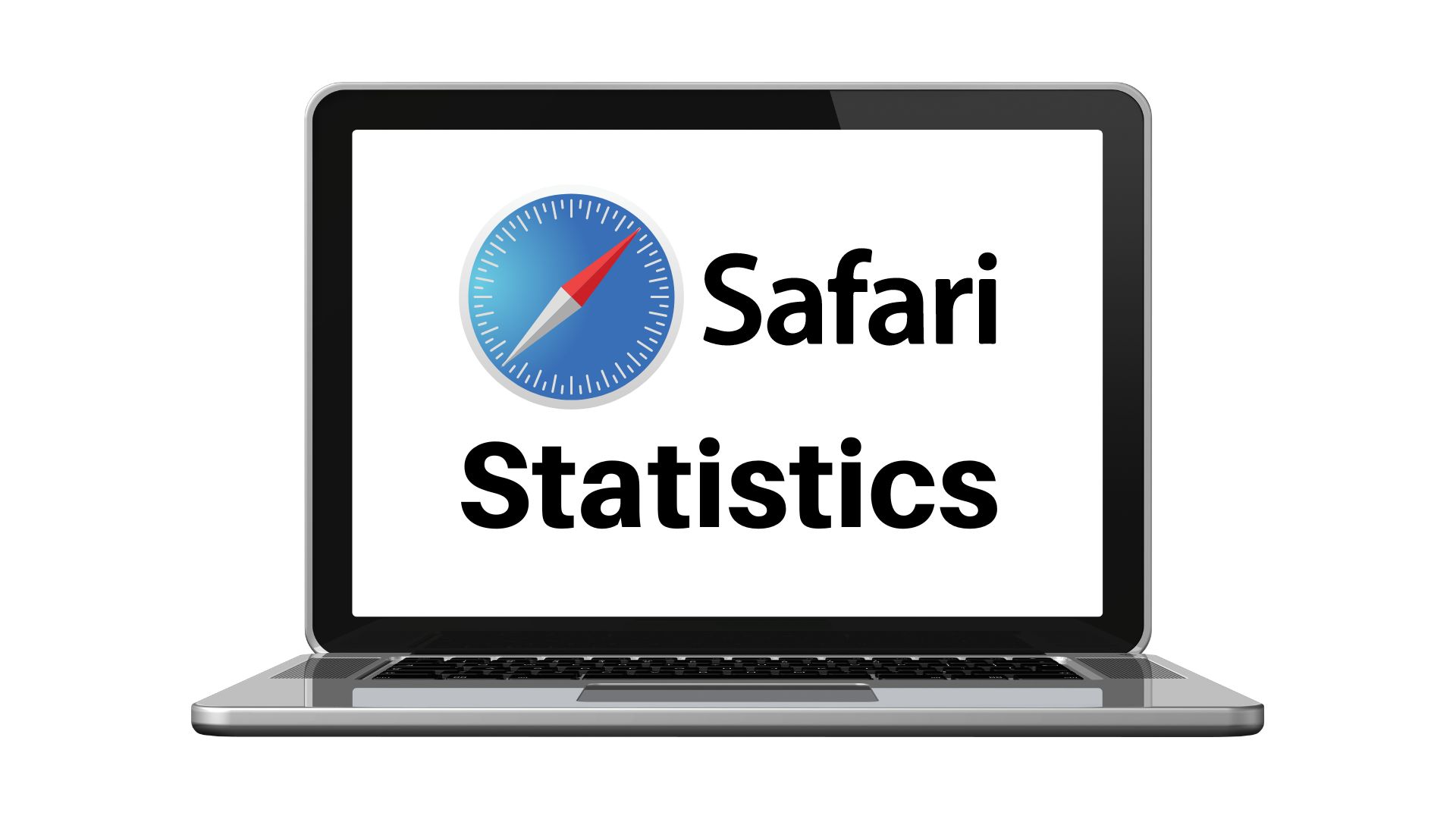CRM To Lead Market For Analytical Applications
The worldwide demand for analytical applications is being led by customer
relationship management (CRM) initiatives, a market that will record
revenues upwards of $2 billion by 2004, according to International Data
Corp. (IDC).
The need for new and established companies to measure, predict, and
optimize business performance has fueled demand for analytic application
solutions. According to IDC, worldwide revenue in this market space is
expected to accelerate at a compound annual growth rate of 28 percent,
from $2 billion in 1999 to more than $6 billion in 2004.
“To succeed in today's business and e-business environments, companies
must look at ways to optimize financial performance, customer relationships,
and the production and delivery of products and services,” said Henry
Morris, VP for IDC's Data Warehousing and Information Access program.
“Analytic applications software automates the planning, forecasting, and
predictive modeling activities for companies, giving them the edge they need
over the competition.”
IDC found the overall market for analytic applications remains highly
fragmented. In 1999, the top five vendors comprised only 30 percent of the
market. “The fragmentation is partly due to the diversity of the market
included within the overall analytic applications space and the number of
new entrants to the marketplace,” Morris said.
IDC believes CRM applications will remain the fastest-growing segment.
Revenue, which grew 75 percent in 1999, is projected to surpass $2.3
billion in 2004. Driving its growth is Web site analysis, the success of which
is linked to personalization, the driving force behind turning Web browsers
into buyers.
A survey of customer relationship management solutions and strategies by
Cap Gemini Ernst & Young found that few companies track investments
made in customers and, therefore, have no real sense of ROI.
“There is clearly no single rule or prescription for turning a company into a
customer-centric business, but we do know it's critical to track what has
been invested and how it's impacting customer behavior,” said Paul Cole.
“Our survey doesn't show that management is delinquent in its efforts to
better reach and interact with its customers, but rather that market forces —
competition, customer expectations, technology — are changing so rapidly
that management faces formidable challenges in delivering a consistent and
seamless customer experience.”
The survey was administered to senior marketing, sales and customer
service executives. Highlights show that companies face some key hurdles in
their effort to reach and retain customers:
- A lack of discipline in measuring ROI from CRM initiatives — 42
percent of executives do not know because they did not measure
Product-based organizational structure. Well over half organize
around product groups (41 percent) or geography (29 percent) vs.
customer segments. - No complete view of customer history or activity.
- No one executive “owns” the customer experience. More than half of
executives we interviewed (54 percent) said their companies split this
responsibility across multiple executives.
The study found that those companies that are growing the fastest tend to
“touch” their customers more often and are more likely than others to be
directing their IT investment toward CRM initiatives. This provides strong
evidence of the economic payoff of CRM.
According to the survey, 65 percent of companies are Customer Satisfiers
— they recognize customer satisfaction is important to ensure continued
revenue streams and have established methods to track performance and
implemented some automated solutions to interact with customers across
multiple touch points. The

Michael Singer is a career coach, podcast host, and author to help you step into a career you're excited about. Currently, He is a coach and trainer helping entrepreneurs and executives achieve business and leadership success. He is also an award-winning business journalist focused on the intersection of technology, Big Data, Cloud, SaaS, SAP, and other trending technology.


